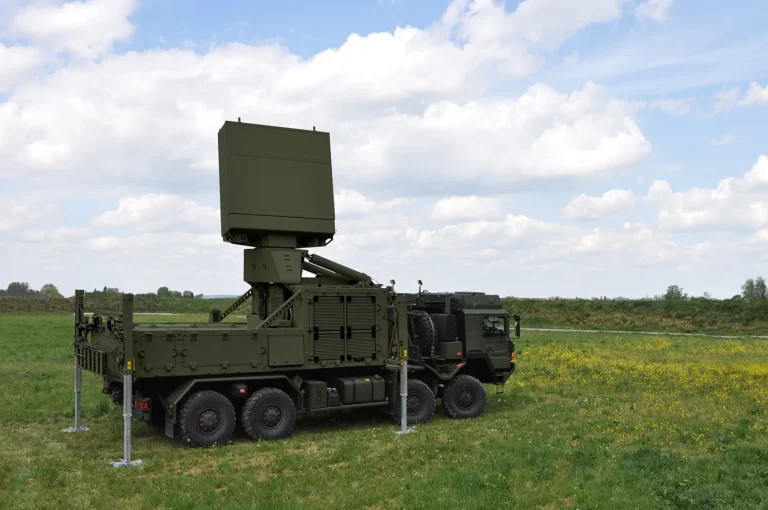To modern medical apparatus diagnostic methods, most of which are presented in the clinic https://avicenna-medical.com.ua/ they include: X-ray, CT, MRI, positron emission and ultrasound studies. Of course, each of the methods described above has its pros and cons, and "specializes" in certain studies.
1. X-ray radiation – illuminating a certain part of the body, the rays transfer the result to film. This is something similar to a photograph - with the only difference that the result will show the internal organ and its state, and not the external appearance of the person. Of course, this type of diagnosis cannot be called modern (after all, it has been known for many years) - but it can be called the progenitor of all the others. Accordingly, his role in medicine cannot be doubted. The peculiarity is that before the picture is taken, the doctor already knows approximately the diagnosis. So the function of an X-ray is only to confirm the doctor's hypotheses, which were put forward on the basis of examinations, tests, tests and assessment of the patient's health. Of course, x-rays are harmful - this is the radiation itself;
2. Computed Tomography (CT) - often performed with the help of a special device called a "tomograph". What does it consist of? In simple words, it is a mixture of X-ray and computer. Different groups of cells of the organ absorb X-rays. There are different levels of intensity. After the image is created, it is analyzed by a computer program. The doctor can see all the processes already on the picture, but on the screen. Thus, it is possible to examine the "suspicious" organ in more detail, and therefore, to correctly determine the anomaly and begin to determine treatment methods;
3. Magnetic resonance imaging (MRI) - the device forms a magnetic field. The next task of the ego is to release an impulse. This brings the molecules into some kind of resonance. The computer program "catches" cell oscillations, registers them and analyzes them. Then comes the time to display images of an organ or part of the body. This is done in layers. MRI is simply indispensable when working with various types of tumors, changes in the eyeballs and pelvis, as well as blood vessels;
4. Ultrasound examination (ultrasound) - as a rule, the examination is carried out with the help of ultrasound. Sound waves, which are not amenable to the human ear, are reflected from organs and displayed on the monitor. Thus, it is possible to examine dense organs and those that are filled with liquid. However, it is impossible to examine organs that are filled with air. And this is a significant minus. Basically, ultrasound is used to display the processes occurring in the organs of the abdominal cavity and pelvis.
5. Positron emission tomography (PET) - the device diagnoses the body after a radioactive substance labeled with an isotope is injected into it. Thus, it is possible to obtain images of internal images, and also monitor how they function.


 310
310












